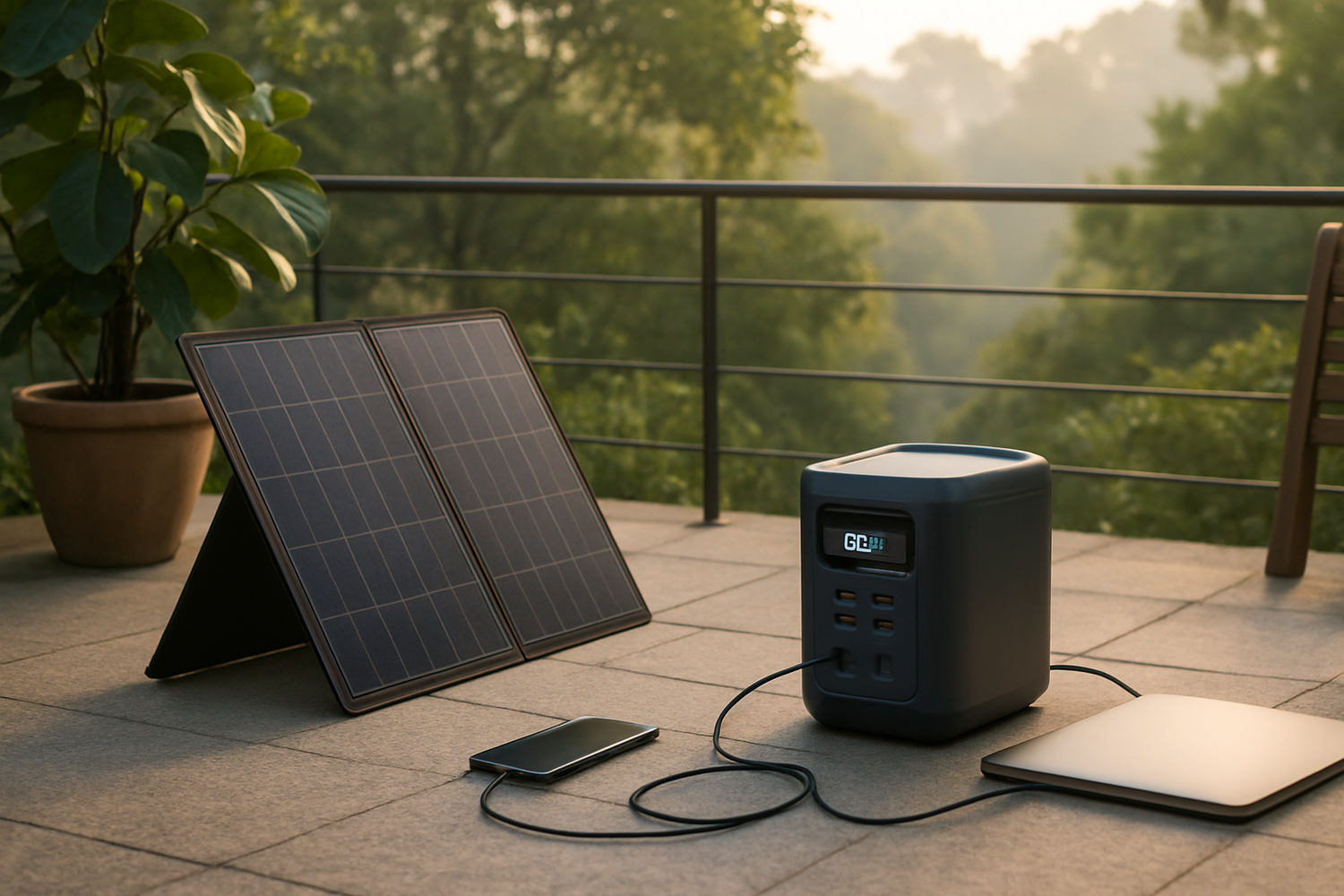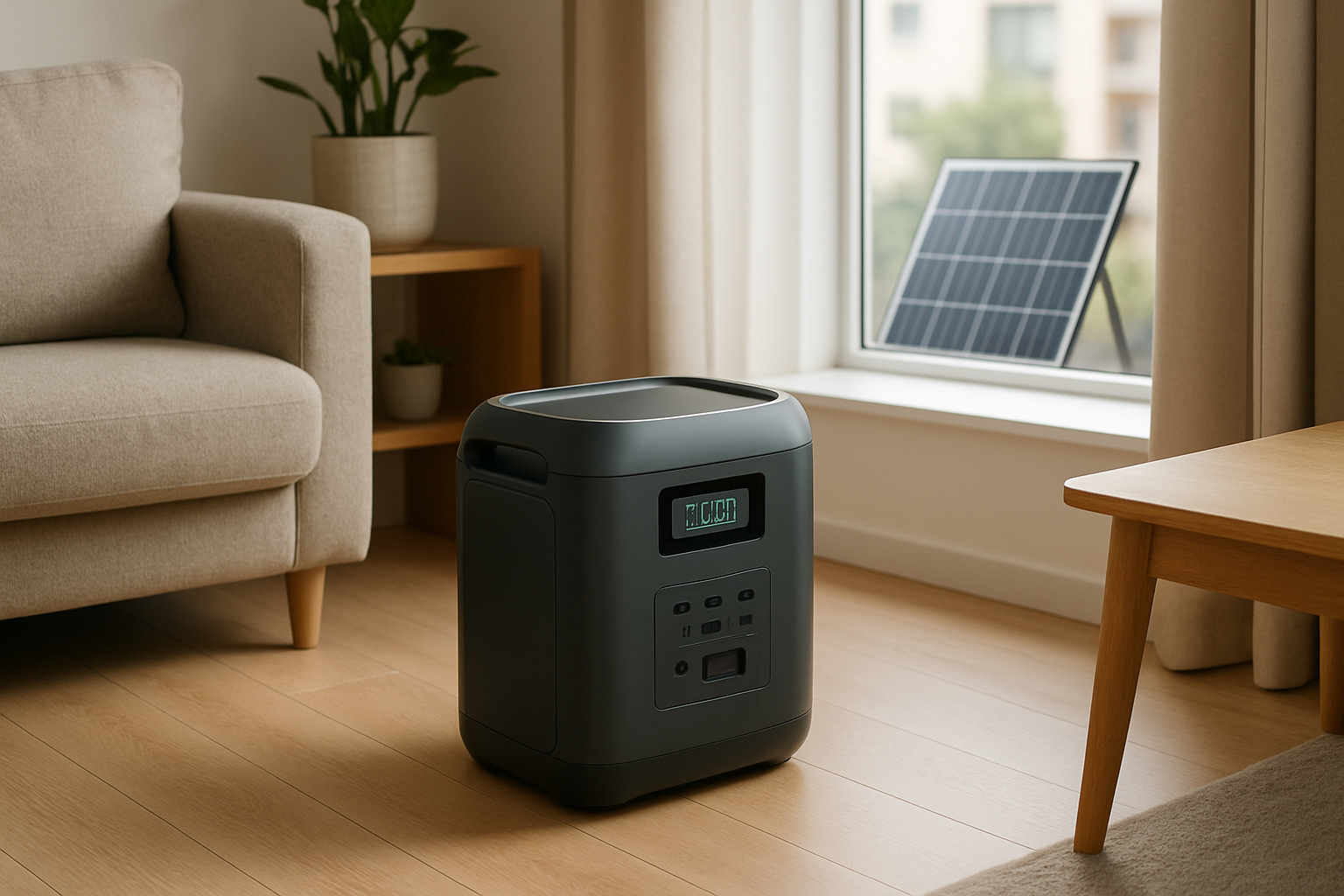In our analysis of the portable power market, we're tracking a significant shift in consumer priorities. Beyond core metrics like capacity (Wh) and output (W), a new key performance indicator is emerging as a critical product differentiator: **acoustic performance**. The claim of "silent" operation is a powerful marketing tool, but what does it mean from a technical and practical standpoint? This analysis deconstructs the noise profile of modern portable power stations and examines the market drivers behind this quiet revolution.
Quantifying "Quiet": The Decibel Disconnect
To assess the "silent" claim, we must first establish a baseline. Sound is measured in decibels (dB) on a logarithmic scale. A traditional gasoline generator, a key product that portable power stations are displacing, typically operates between 60 dB and 85 dB. From our perspective, this is a significant market vulnerability, as noise levels above 60 dB are intrusive in most environments.
In contrast, a portable power station's noise is not from combustion but from thermal management—specifically, cooling fans. Most high-quality units on the market today operate in the 30 dB to 45 dB range under load. While not technically silent (0 dB), a noise level below 40 dB is often perceived as blending into the ambient background noise of a quiet room or outdoor space.
| Technology Type | Typical Noise Level (dB) | Market Implication |
|---|---|---|
| Conventional Combustion Generator | 60 - 85 dB | Unsuitable for noise-sensitive areas; usage restrictions common. |
| Portable Power Station (Solar) | 30 - 45 dB | Enables use in new applications (indoors, camping, urban backup). |
The Engineering Behind Low-Noise Operation
A power station's low acoustic profile is a direct result of its solid-state architecture. The energy conversion process itself—from the photovoltaic cells to the battery and through the inverter—is largely silent. The noise signature is almost entirely a function of the inverter's efficiency and the system's overall thermal design.
- Inverter Efficiency: This is the key driver. A more efficient inverter wastes less energy as heat. Less heat generation means the cooling fans are needed less frequently and can run at lower, quieter speeds.
- Thermal Management: Advanced product design involves more than just fans. It includes the strategic placement of heat sinks, optimized airflow channels, and the selection of components that operate at lower temperatures.
- Component Quality: The primary noise source, the fan, varies in quality. Premium designs often use quieter, more durable fan types (e.g., maglev or fluid dynamic bearings) that produce a less intrusive sound profile than cheaper sleeve-bearing fans.
Market Segmentation by Acoustic Tolerance
From our market analysis, the importance of a low noise floor varies significantly by use case. This creates distinct product segments:
- Outdoor Recreation (Camping/RV): In this segment, users are leaving noisy cities to enjoy nature. A power station that operates below 45 dB is a massive value proposition, allowing for power without disrupting the quiet environment.
- Home Backup / Urban Use: For indoor use during a power outage, the acoustic profile is paramount. A unit that hums quietly like a refrigerator (under 40 dB) is acceptable, while one that is audible from the next room is not. This is a key reason these devices are viable in apartments where a combustion generator is impossible.
- Professional/Content Creator: For users recording audio or video on location, a power station's noise floor must be below the recording equipment's noise threshold, often demanding operation under 30 dB.
The global shift toward distributed renewable sources, tracked by organizations like the International Renewable Energy Agency (IRENA), is now happening at the personal level, and user experience factors like noise are becoming as important as raw power.
Conclusion: "Acoustically Insignificant" is the New Silent
In conclusion, the idea that portable power stations are "truly silent" is a marketing simplification. From an analytical standpoint, they are not silent, but a growing number of products are becoming **acoustically insignificant**—their noise output is so low that it does not negatively impact the user's environment.
Our analysis indicates that acoustic performance will become an increasingly important battleground for manufacturers. As battery and inverter technology continues to improve, as noted in trends covered by the U.S. Energy Information Administration (EIA), thermal efficiency will rise, and the quietest devices will command a market premium. The myth may not be literally true, but the underlying value proposition—access to power without the intrusive noise of combustion—is very real and is fundamentally reshaping the portable power market.





Leave a comment
All comments are moderated before being published.
This site is protected by hCaptcha and the hCaptcha Privacy Policy and Terms of Service apply.